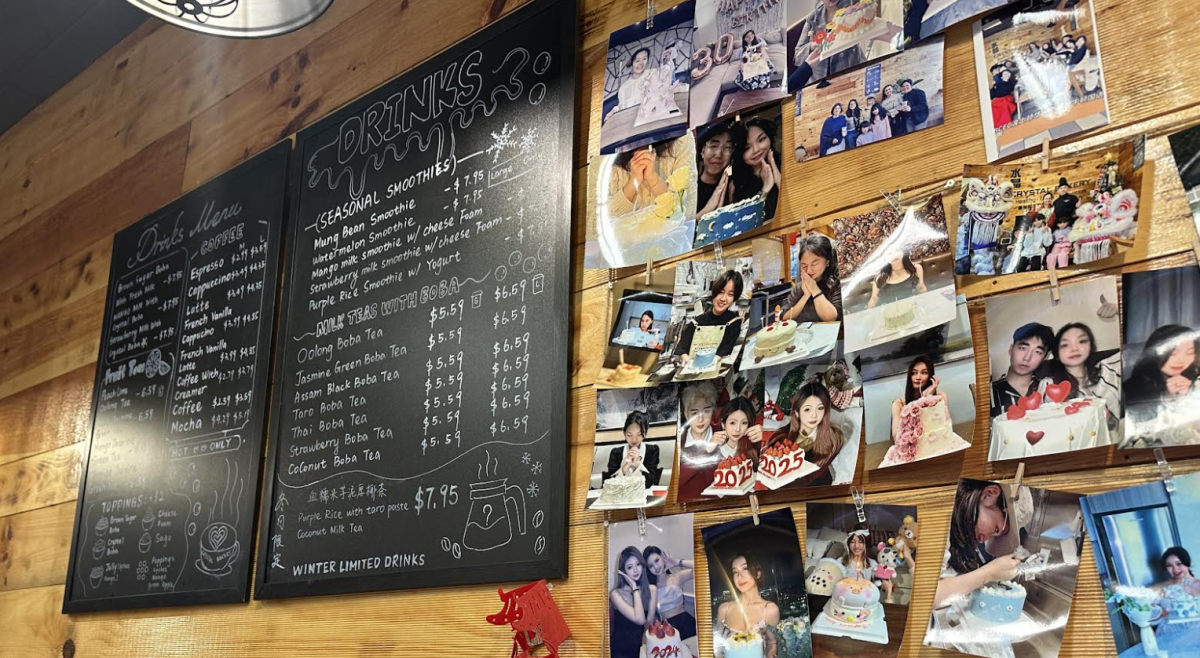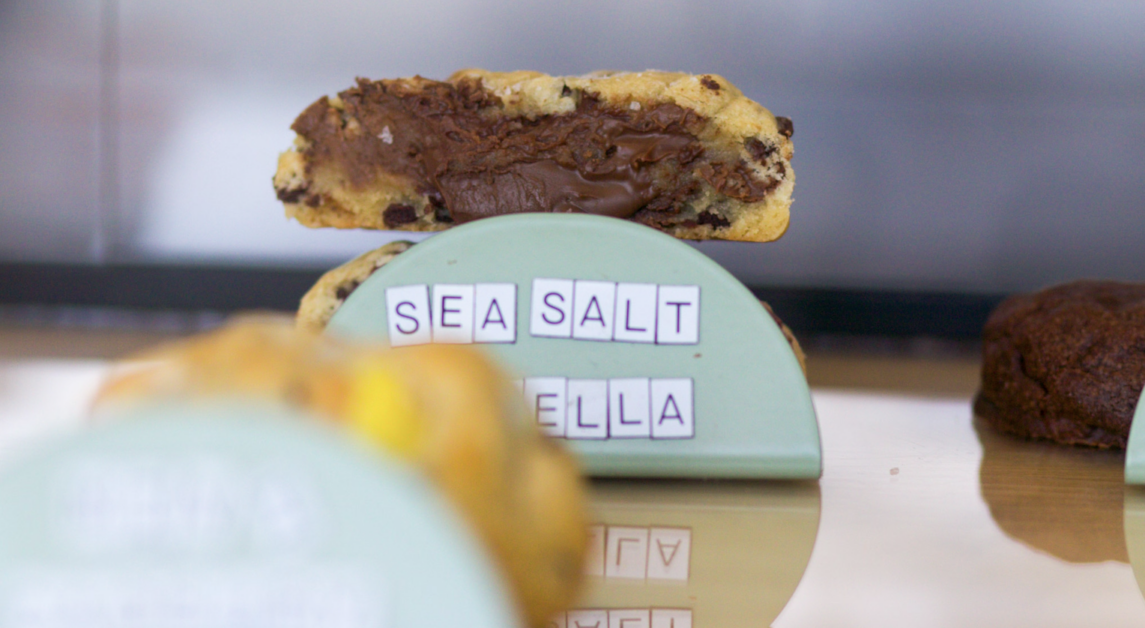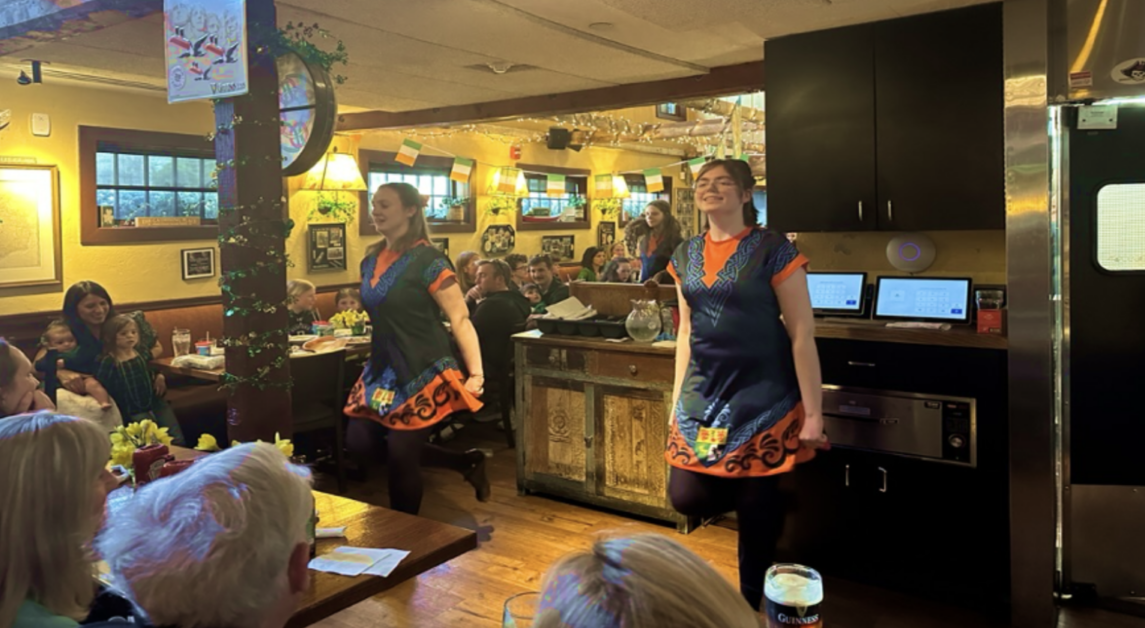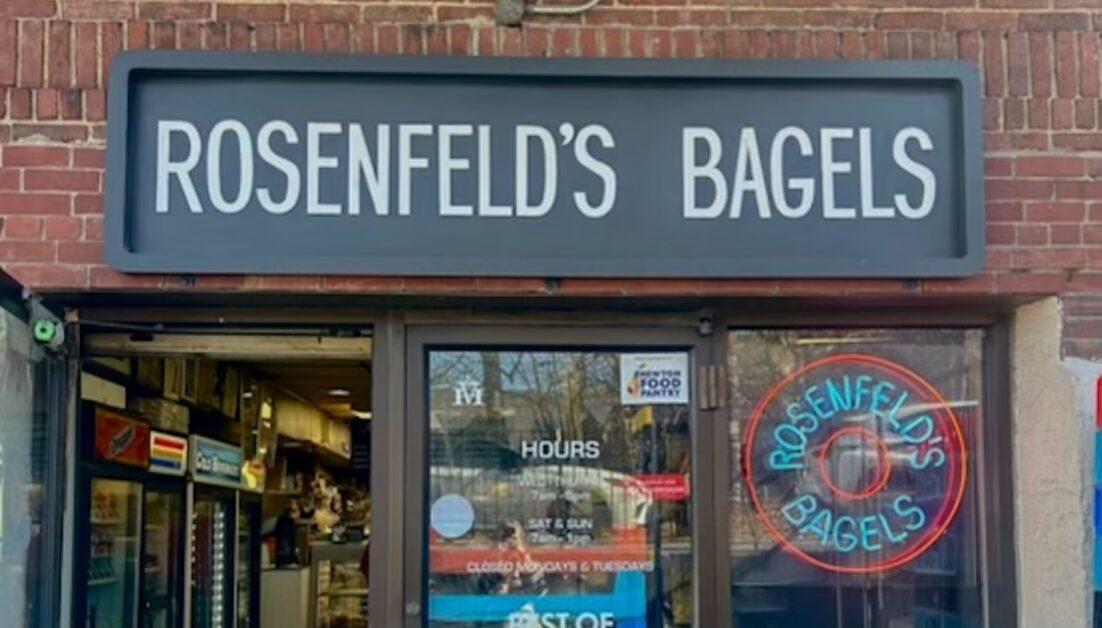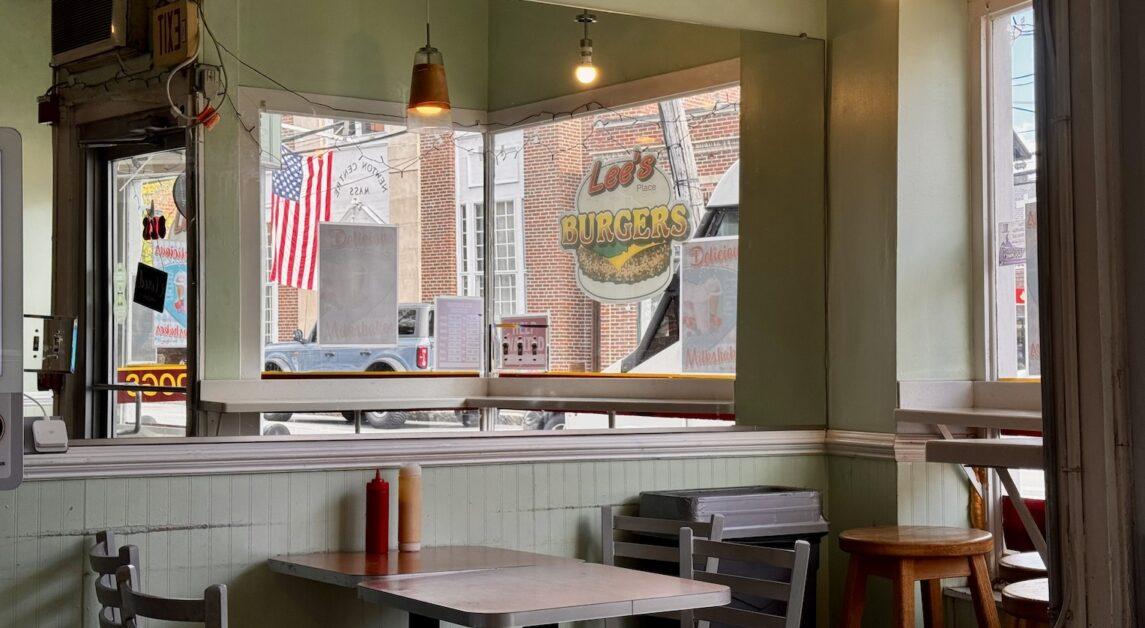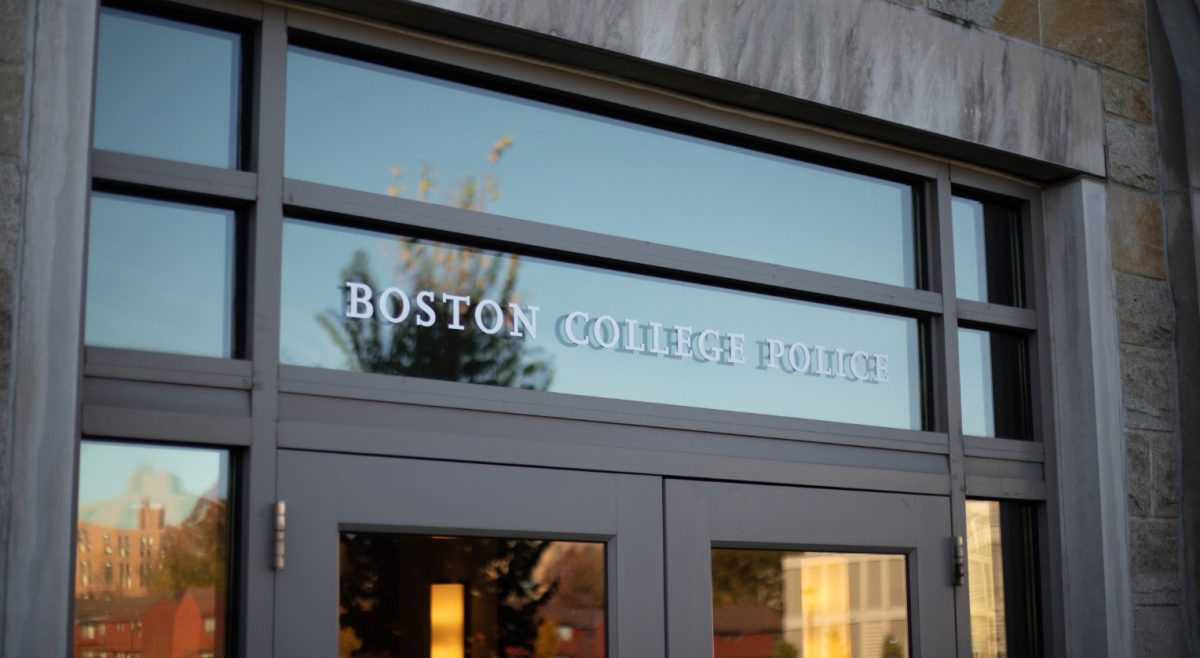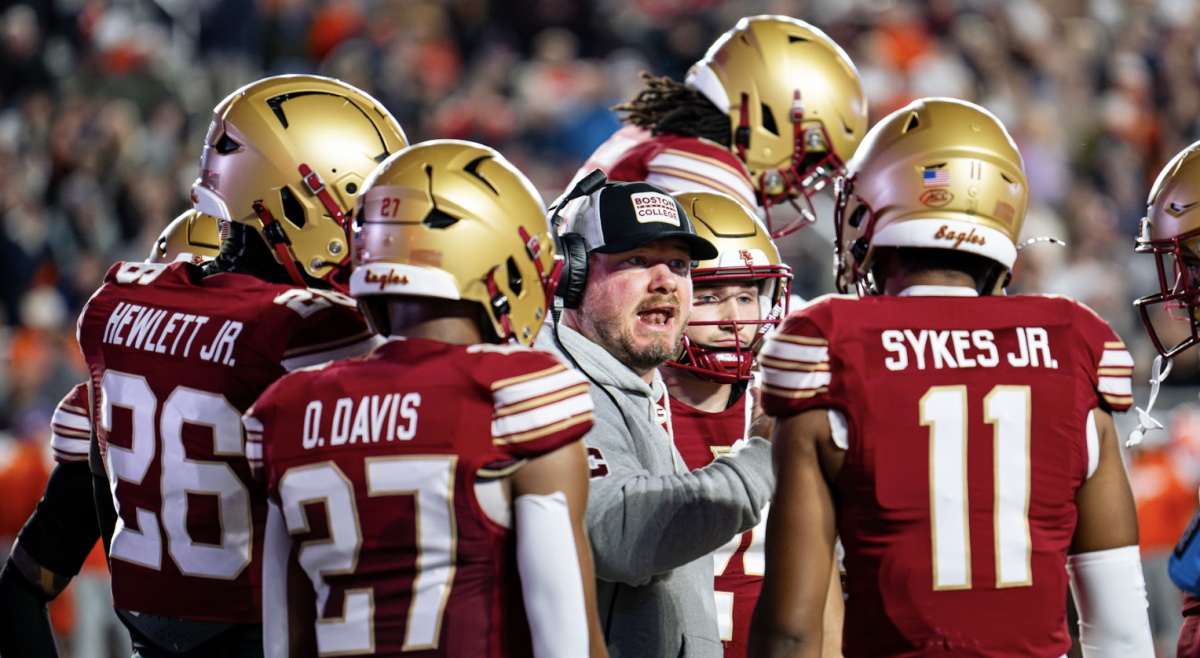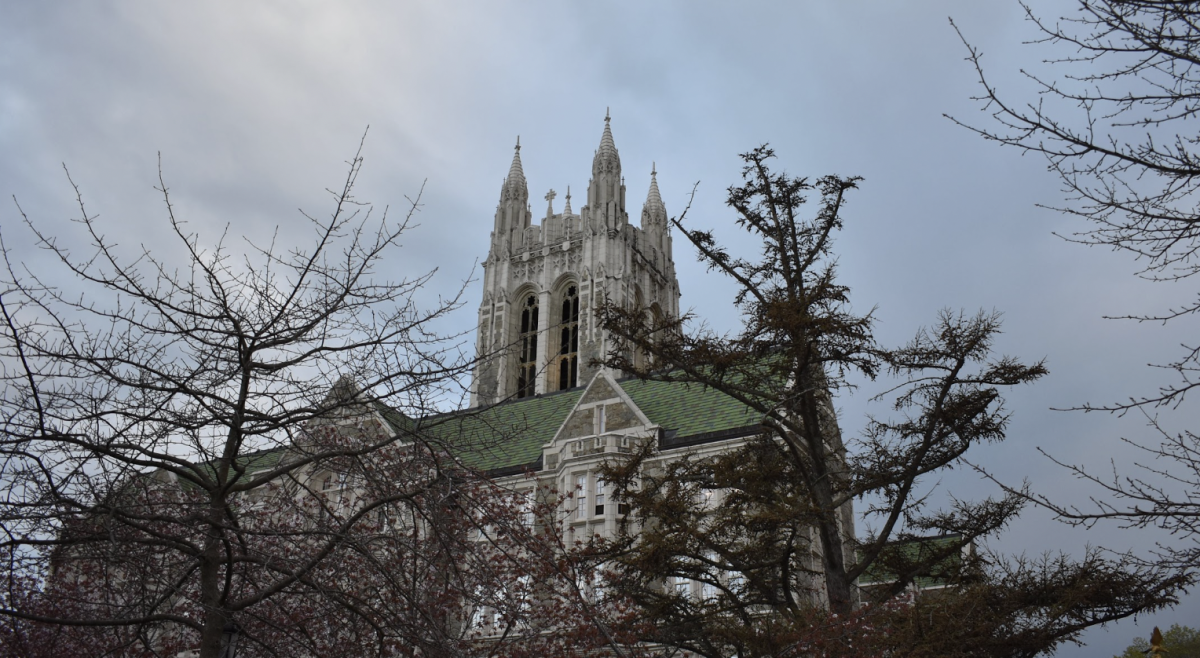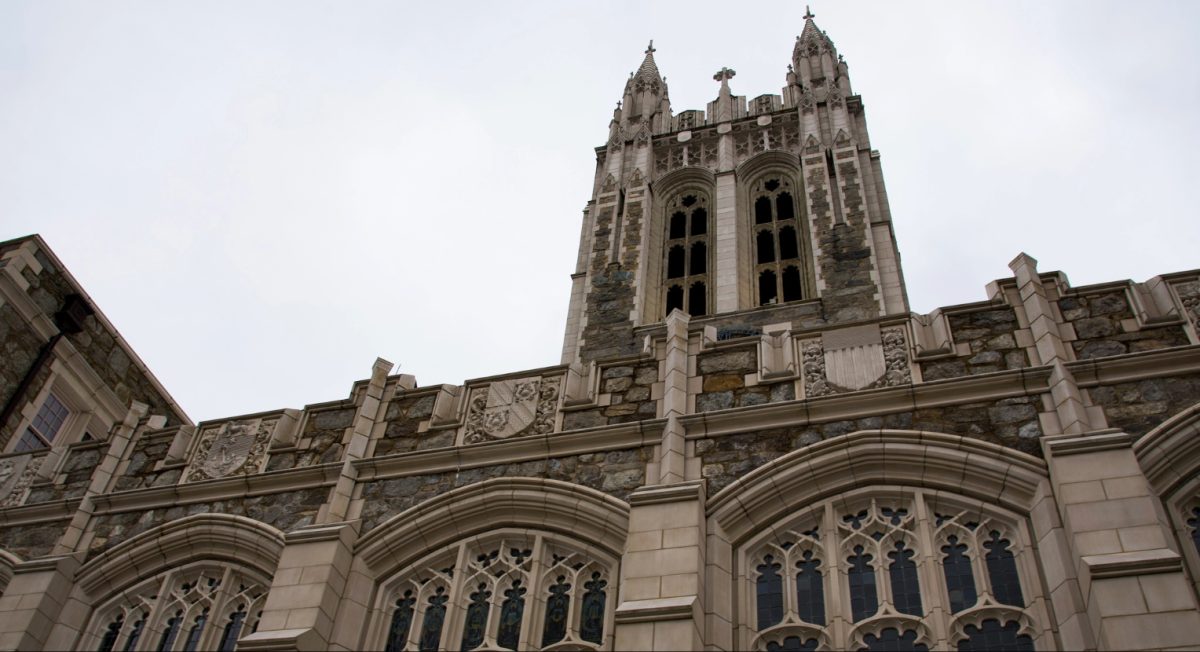It’s past 4 p.m. on a Friday, and our camera crew is getting settled. On the search for the perfect food truck that could satisfy our insatiable desire for breakfast in the afternoon, we stumbled upon Phil Pham.
He opens the sliding metal door to the window of the Zinneken’s Waffle Truck, where he has worked for the last two years and is now co-owner. Pham fires up the motor that will power the fridges and electricity on the inside, pulling a lever that makes him look like he’s starting up a boat engine. It makes a loud hum that drowns out the sound of traffic slowly rumbling down Huntington Ave. He opens a door on the truck’s rear that would fit in more on a backyard porch overlooking the White Mountains. Once inside, he begins pulling out premade dough from the refrigerated areas of the truck and placing them on the waffle makers, so that when customers come down, the waffles are ready to be topped with their choice of fruits and sweets.
For most restaurant owners, 4 p.m. denotes the dead zone—it’s too early for the dinner rush, but too late for business people shuffling through for their power lunches. But for the crew of Zinneken’s, parked just across the street from the main gate of Northeastern University, the day is about to start.
Pham and his revolving crew of Mass Art and Boston University grad students—it’s not a Michelin-star restaurant, after all, as he puts it—cook up liege waffles. Unlike Brussels waffles, the more popular variety which are made out of a soupy batter that would require a ladle, liege waffles are made with a dough. It has the consistency of pizza, but includes pearl sugars that, when baked, caramelize into the waffle to give it that sweet taste. When the dough rises, it only stays in one place and doesn’t cause that mess in the truck.
The Fruit Delight and the Sin are Zinneken’s two most popular options. The Fruit Delight is topped with rich Belgian chocolate, hot and draped gently across sliced bananas and strawberries, while the Sin has globs of Nutella on top of banana. Other toppings include caramel, speculoos (a crunchy Belgian cookie), Oreos, and other berries. Each can be topped with a delicious vanilla bean ice cream, or can even be made into a sandwich.
The idea for Zinneken’s began in Belgium, when Nhon Ma and Bertrand Lempkowicz, two Brussels natives, met at school. On a trip to the United States in the early 2000s, they had noticed a lack of Belgian waffle restaurants. A decade later, they moved to Cambridge, where they opened a brick-and-mortar in 2011. Three years later, they met another Belgium native, Anh-Phi Tran, who convinced them to take the Zinneken’s show on the road—literally—by joining the food truck craze.
To do that, the trio needed Pham, a man who has always known being a restaurateur was the dream.
“I just love food,” Pham said. “I mean who doesn’t love food, right? There are many things about food that can be done with it you know. Not only does it taste good, smell good, it can even look good, like you know, so many aspects to it, you can’t really say that about other things like for example when you’re painting something, you can’t taste that.”
As a young man growing up in upstate New York, he began working in restaurants, in the front and back of the house, to learn the industry. He spent a couple of years in retail when he moved to Boston, when he spent every day eating at the famous Chicken and Rice Guys food truck. He noticed that how, in Boston, food trucks began to take off. So when Pham talked to the owner one day, with whom he had built a rapport because of how often he frequented the truck, the owner offered him a job. Pham spent the next three years as the manager for one of their trucks.

As they began to get ideas for the truck, the Zinneken’s trio approached Pham to ask a few questions about how to get started. A few questions turned into a lot, with Pham advising them directly on how things should and shouldn’t go with the truck. According to Pham, the owners asked him to take a look at the truck they had purchased. The first thing he noticed was that the truck was too low, which would prevent the generator from starting properly.
“Eventually they knew they couldn’t really do it by himself,” Pham said, “so that’s why they asked me to be a partner.”
Pham knew the waffle truck model in particular would take off after standing in long lines at the Wafels and Dinges carts, which have become highly popular in New York City. The primary target needed to revolve around college students—Northeastern, BU, and Harvard are their most popular landing spots. They have particular success at Northeastern, where they advertise their “Waffle Wednesdays.”
Plus, Pham said, one of the benefits of having the truck is that, because of the small space, there’s not a ton to clean. On the other hand, when something does get messy, you have to clean it up immediately—food trucks are subject to strict checks from health inspectors, in large part due to their reputations.
“People tend to have like a stigma toward food trucks, thinking that it’s like a roach kill, it’s really dirty and all that,” Pham said. “But surprisingly food trucks are actually one of the cleaner ones compared to most restaurants.”
And the truck is just the first step. Soon, Pham hopes, they’ll continue to expand in the city past the wheels and onto the ground.
“I would probably prefer to eventually get a brick and mortar just to have a home base for the truck,” Pham said. “I think most food trucks do strive for that it’s not like they go through with the mindset that this is my life, like this food truck. … But at the moment we’re still trying to like build up our brand, our food truck brand.”
Featured Image by Madeleine D’Angelo / Metro Editor


